‘After the Fall’ Review – VR’s Best Stab at ‘Left 4 Dead’
[ad_1]

After the Fall is a four-player co-op shooter that, like Valve’s Left 4 Dead series, pits you against hordes of zombies across a handful of linear levels, all of which are characteristically dotted with safehouses. After the Fall modifies this familiar feel somewhat by introducing in-game currency, called ‘harvest’, which aims to keep players engaged as they make permanent upgrades to weapons. The system around this feels a bit grindy and less immersive than it could be, but it might be just the thing to make sure After the Fall doesn’t go the way of many similarly well-intentioned VR multiplayer games.
After the Fall Details:
Available On: Steam, Meta Quest 2, Rift (cross-buy), PSVR
Release Date: December 9th, 2021
Price: $40
Developer: Vertigo Games
Reviewed On: Quest 2 (native), Quest 2 (Link via Steam)
Note: This review covers my experience with the PC VR and native Meta Quest 2 versions of the game. Vertigo Games has issued an advisory to PSVR players, saying the game still needs a patch to make it playable.
Gameplay
After the Fall is in many ways basically Left 4 Dead in VR, Valve’s hit four-person co-op shooter that has you taking on massive hordes of baddies along windy pathways through a number of set levels. You may be happy to stop reading right here and jump in since it’s essentially a 1:1 experience in terms of basic gameplay value, save After the Fall’s weapon crafting mechanic that requires you to grind through to get anything better than basic versions of the low-level starter guns.
That said, taking a bunch of tropes from a successful flatscreen game and tossing it into VR doesn’t always work out since the need for sensory immersion carries with it greater expectations of how the world should act and react to the player. Despite a few gripes, developers Vertigo Games have done a great job of serving up that particular flavor of mindless zombie-killing action and a social VR experience that requires a co-op mentality to progress.
To be clear, zombies are impressively frangible and very bloody. Those well-worn enemy classes lifted from Left 4 Dead feel a little too samey and conventional to be truly threatening on their own, although to its credit it does offer more variability than most zombie games. And just like Left 4 Dead, the fun is mostly in being overwhelmed by the tripping and climbing crowds of the easily dispatched undead, and After the Fall does this exceptionally well.
Zombies stream in from fissures in the walls and from every nook and cranny imaginable, which on first pass of each level really keeps you on your toes. Enemy animations on both the PC and Quest 2 version are absolutely on point here. On PC, you’ll enjoy ragdoll physics, plenty of splatter, and better visuals by a mile. The Quest 2 version dumbs this down a fair bit to prioritize gameplay over visuals, but it’s still one of the better-looking titles on the Store. It’s a bit chunky-looking on Quest 2, replete with simplified textures, but the overall package is there.
There are some diminishing returns when playing levels again though, since you naturally start to make a mental map of where baddies pop out, but the game offers up a few other things to bait you into diving back in to levels you already played, and to push forward through the few, but varied levels.
While that basic level of fun is definitely there at launch, which will easily keep you playing for hours on end as each mission takes about 20-30 minutes to complete, I’m hoping to see a lot more variability in the future. The singular level boss is a surprise when you first encounter it, requiring the party to destroy ice armor and hit specific points to bring him down, but that got old pretty quick. In my half-dozen hours of playing, it felt like more random bosses are definitely needed to keep things fresh if the game expects me to come back for more.
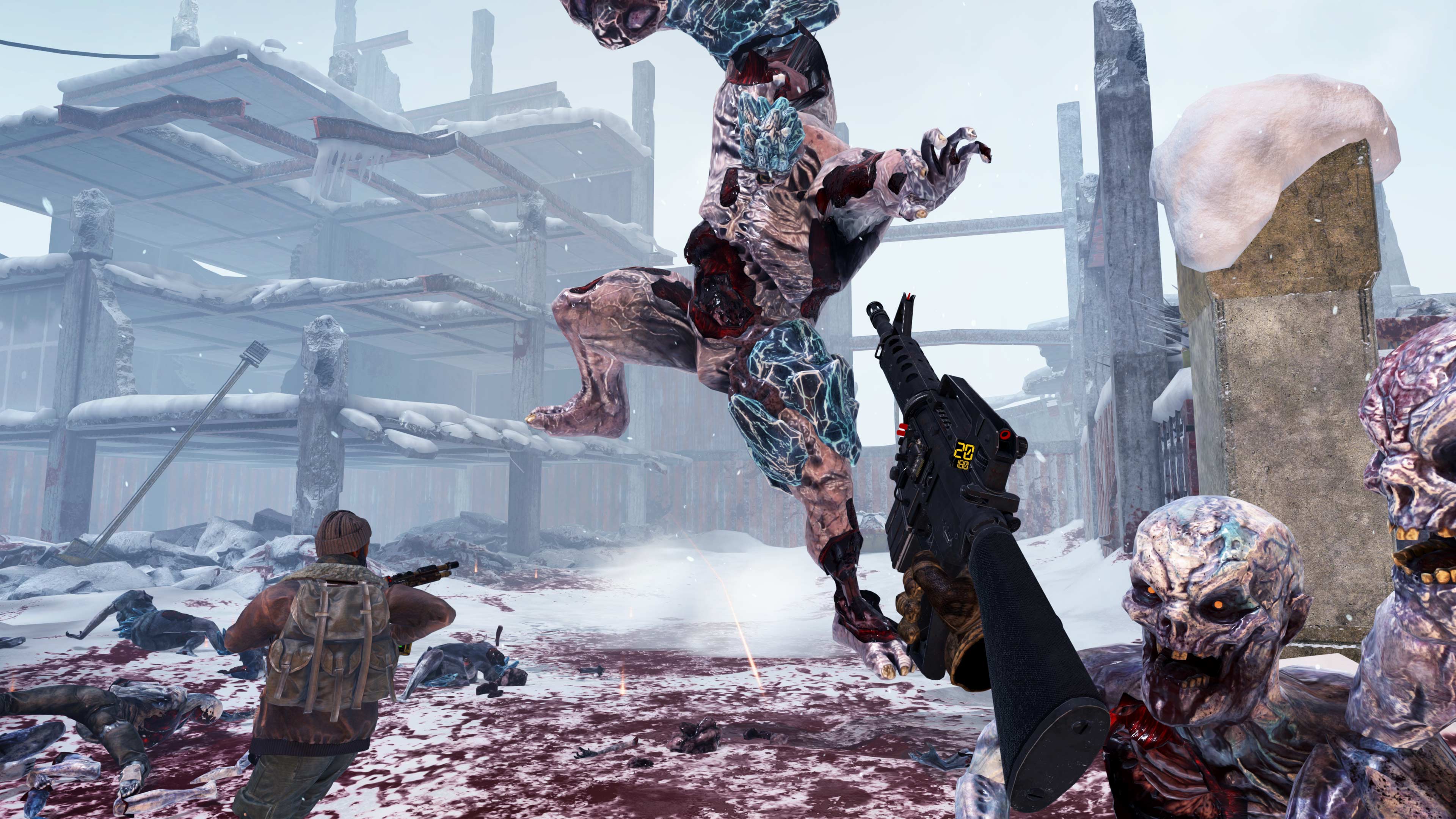
Although functional enemy variations are on the lower side, the game fills the gaps by offering up a few things like variable difficulty, ranging from ‘Survivor’ to ‘Nightmare’ mode, the latter of which gives you the most harvest points but also strips you of your hard-earned loadout if you die during a run. I found myself fitting comfortably in my self-assigned ‘Veteran’ mode, although with greater weapons and a good team, you’ll probably find yourself reaching to replay those same levels again at harder difficulties to maximize your harvest accumulation.
Bonuses for not being killed during a run, completing levels quickly, and shooting accurately are all there to make sure you’re doing your best so you can translate those harvest points into things like guns, gun parts, bombs, and healing syringes. Rare and helpful extras scattered throughout levels like floppy disks and guns that you can recycle for harvest also make full exploration a must.
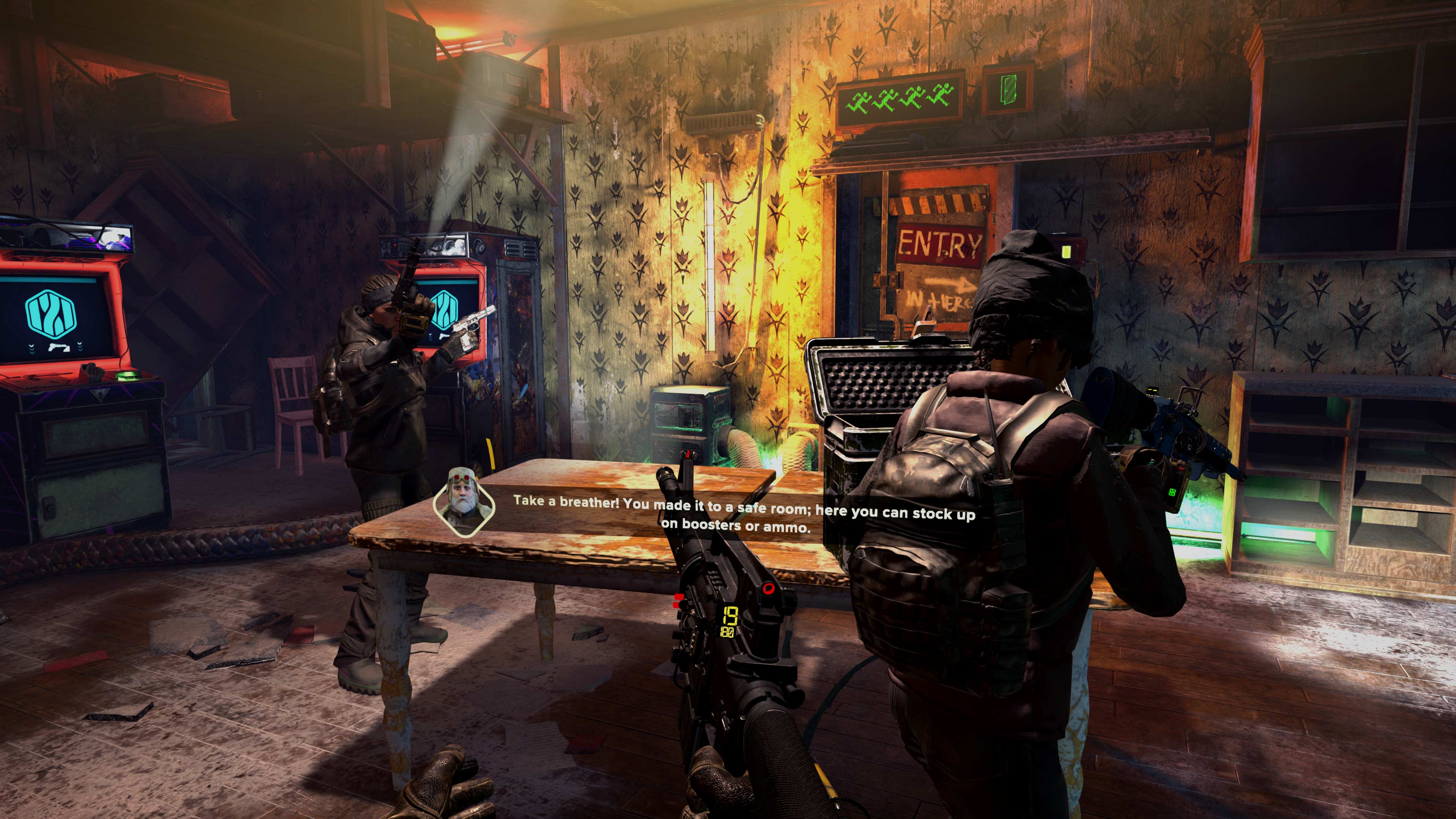
And why hoover up all those harvest points that litter the ground after each kill? To tempt you into returning and making your experience a little easier every time you play as you grind for weapons and parts, of course. You have a standard 9mm pistol at the beginning which is an absolute pain to upgrade when there are some many more effective weapons dangled in front of you by other players. Back at the lobby you can also upgrade weapons from blueprints you’ve unlocked along the way, which is also conveniently near a private shooting range and gun rack so you can mix and match loadouts.
In the end, the clearest overall benefit to After the Fall is its social interactions. It does cross-platform play particularly well, as it lets you build an in-game friends list, which is basically a god send when each platform has its own ecosystem.
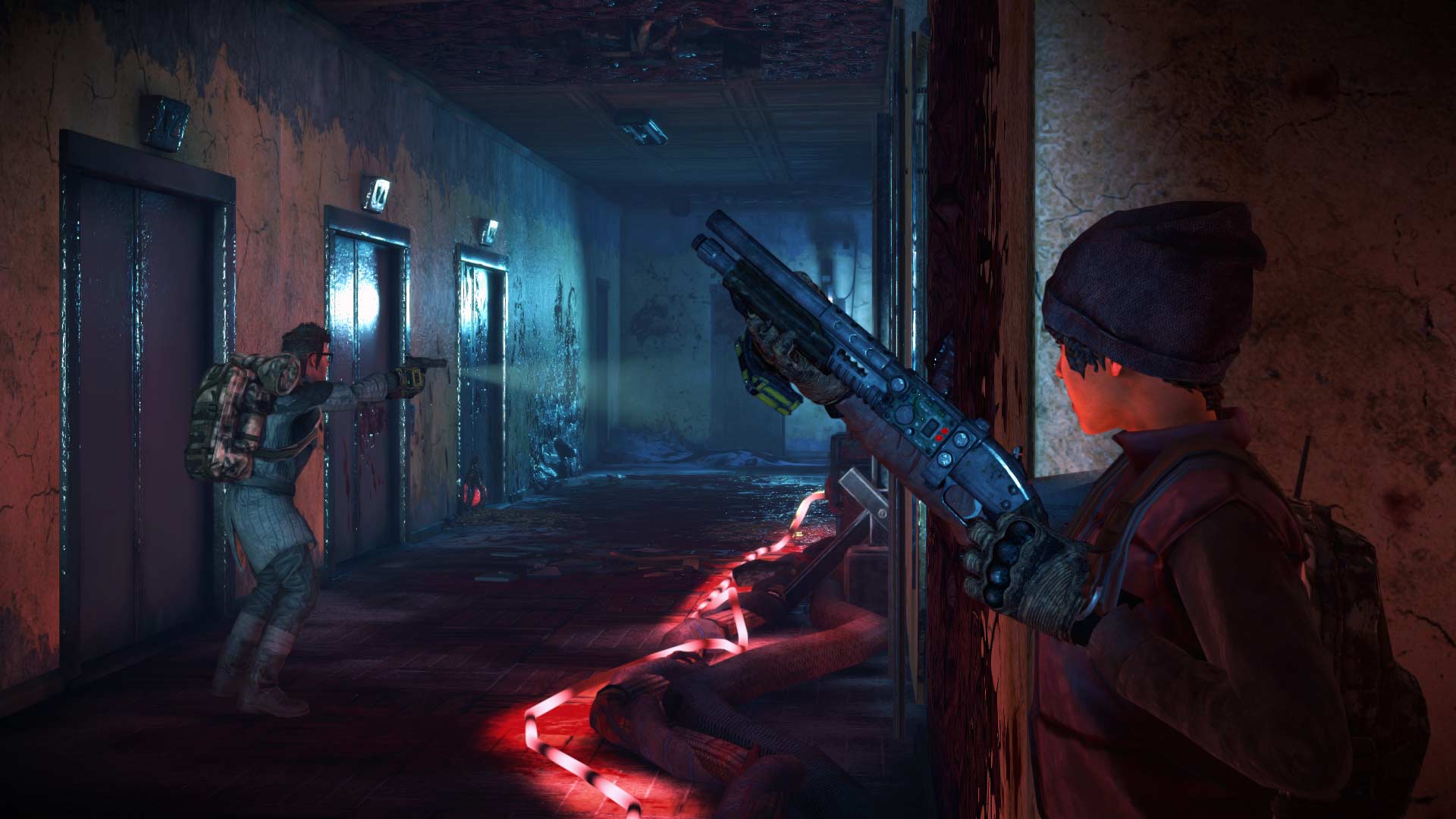
Like all co-op games, building a good team of like-minded players can mean the difference between having fun for hours at a time, or quitting because of griefers or people who just don’t want to cooperate. The ability to enjoy the game with a group of three others—all with their own unique gear and knowledge about the levels—is a definite plus that makes ganking the same zombies over and over much more fun.
Immersion
Arcade-style titles by virtue include a lot of narrative shorthand and mechanics to make things work easier, but not necessarily better in terms of immersion. We all know why a door magically unlocks when you shoot the last zombie in a level: because it’s a game that has a set number of baddies and no real lore to account for this apparent act of undead wizardry. That’s not damning, it’s just the reality of an arcade title like After the Fall.
Yet I get the feeling it could be more. For example, the 24-player lobby looks like a place you’d want to hang out in. There’s a ton of couches and even an easter egg arcade cabinet that is simple, but a fun touch.
For being a social game though, After the Fall’s lobby is actually a pretty desolate place despite its comparative visual appeal. While in the lobby, all users are muted by default, and avatars are assigned randomly so you can’t tell anyone from afar by sight. Although large and offering plenty of interesting interiors, it feels like it should be more alive, like Echo VR’s lobby which provides more than a few reasons to hang around between matches for informal chats. That inevitably means less screaming children, but also a more sanitized social area that you probably wouldn’t think twice about hanging around when not actively playing a match.
One of the things we pointed out in our early preview back in 2019 was the immersion-breaking reload scheme, which was a single button that activated a character reload animation. Thankfully the studio has scrapped that entirely for two types of reloading styles which not only are more immersive, but better feed into its in-game harvest currency.
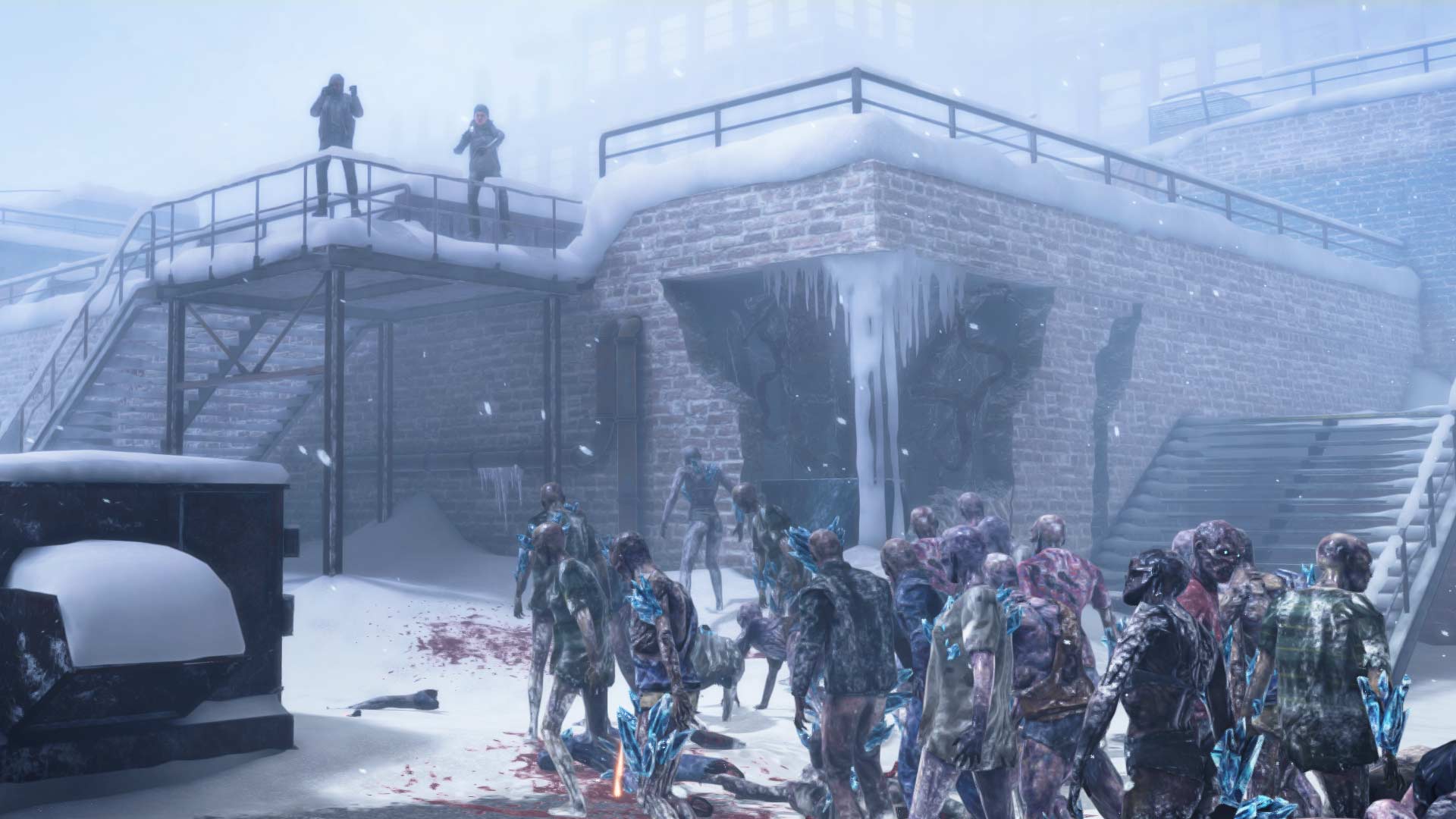
You can choose between a more arcade-style reloading scheme, where you empty a magazine with a button press and then jam it to your chest to automatically load a new magazine and rack the slide to chamber a bullet, or opt for manual reloading, which not only increases the realism (and therefore complexity) of reloading, but also nabs you 1.5× more harvest points at the end of your run. I like the choice here, although I’m pretty certain I’ll never get a hang of manual reload since magazine sizes relative to the number of enemies makes it an extreme pain to do.
Guns are modeled after real-world weapons, with iron sights and all, so shooting is a very familiar experience. Bullets are also very well telegraphed so you can see them hit their targets so you can adjust aim on the fly without having to properly aim down a sight. Still, object interaction is very basic, as the game puts much more emphasis on abstracting things away with button presses and grabbing ammo dumps by either shooting or hovering your hand over and clicking.
A sore spot in the game is a lack of melee. I have a feeling this is a cross-platform issue that the developers decided to sidestep entirely because enemies are very dependent on set animations which sometimes telegraph hits even when you’re clearly out of reach.
Comfort
After the Fall includes what we’d consider the standard variety of locomotion and comfort options to make sure everyone can play without issue.
Although not an uncomfortable experience, some parts of the game activate a sort of auto-jumping when you reach a ledge, which is jarring since there’s no clear indication of when it will happen. There are also some very brief zip-line sequences, however those can be mitigated in the settings if they’re at all beyond your comfort zone. Check out the full list of comfort settings and options below.
‘After the Fall’ Comfort Settings – December 8th, 2021 | |
Turning | |
| Artificial turning |  |
| Smooth-turn |  |
| Adjustable speed |  |
| Snap-turn |  |
| Adjustable increments |  |
Movement | |
| Artificial movement |  |
| Smooth-move |  |
| Adjustable speed |  |
| Teleport-move |  |
| Blinders |  |
| Adjustable strength |  |
| Head-based |  |
| Controller-based |  |
| Swappable movement hand |  |
Posture | |
| Standing mode |  |
| Seated mode |  |
| Artificial crouch |  |
| Real crouch |  |
Accessibility | |
| Subtitles |  |
| Languages | English, French, Italian, German, Spanish, Japanese, Korean, Russian, Simplified Chinese |
| Alternate audio |  |
| Languages | English |
| Adjustable difficulty |  |
| Two hands required |  |
| Real crouch required |  |
| Hearing required |  |
| Adjustable player height |  |
The post ‘After the Fall’ Review – VR’s Best Stab at ‘Left 4 Dead’ appeared first on Road to VR.
[ad_2]
Source link



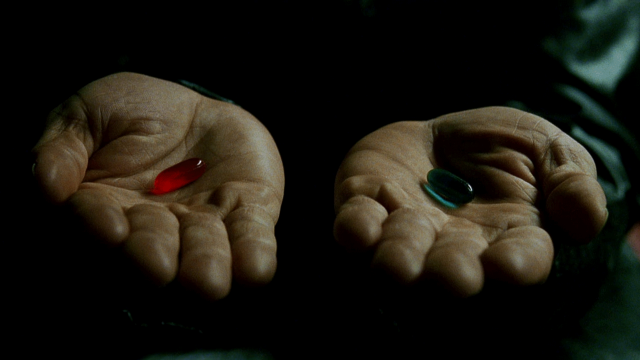


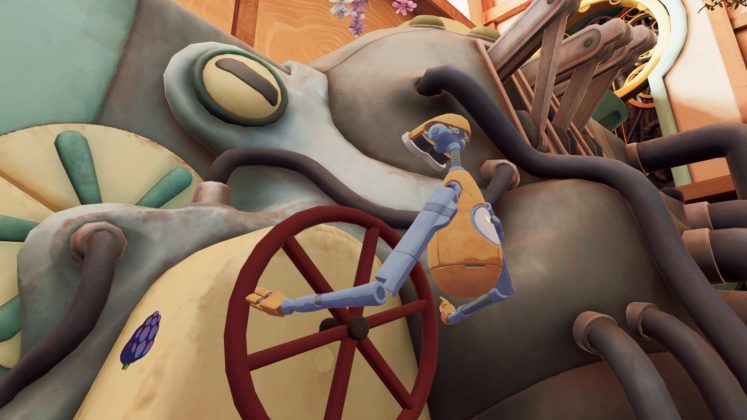
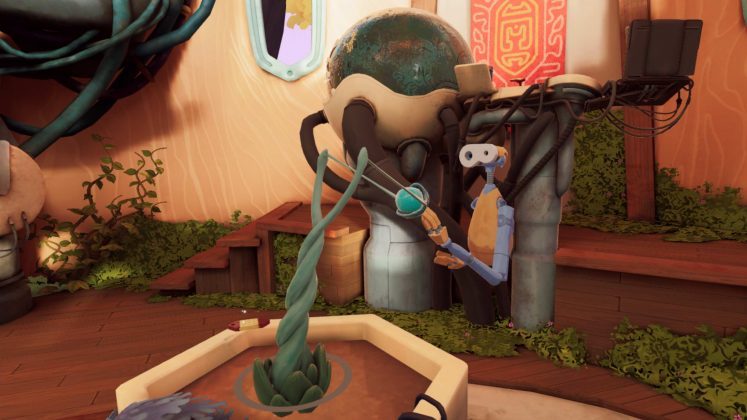
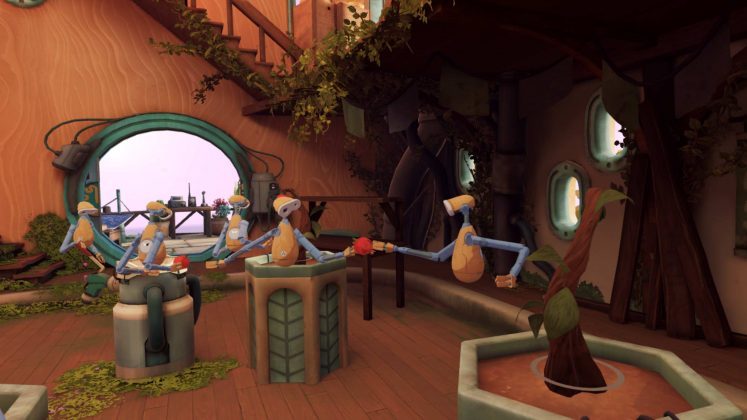
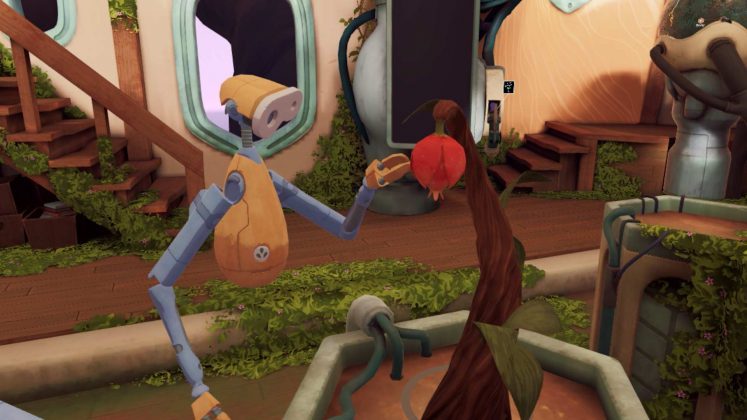
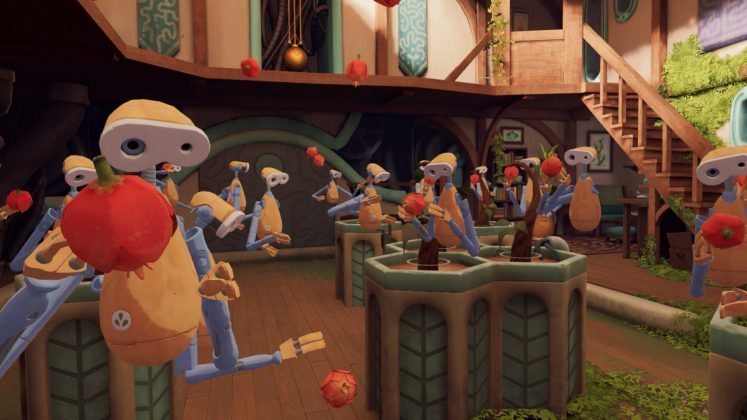

/cdn.vox-cdn.com/uploads/chorus_asset/file/23064803/rs_1200x1200_211115134320_1200_halle_berry_catwoman.jpg)





